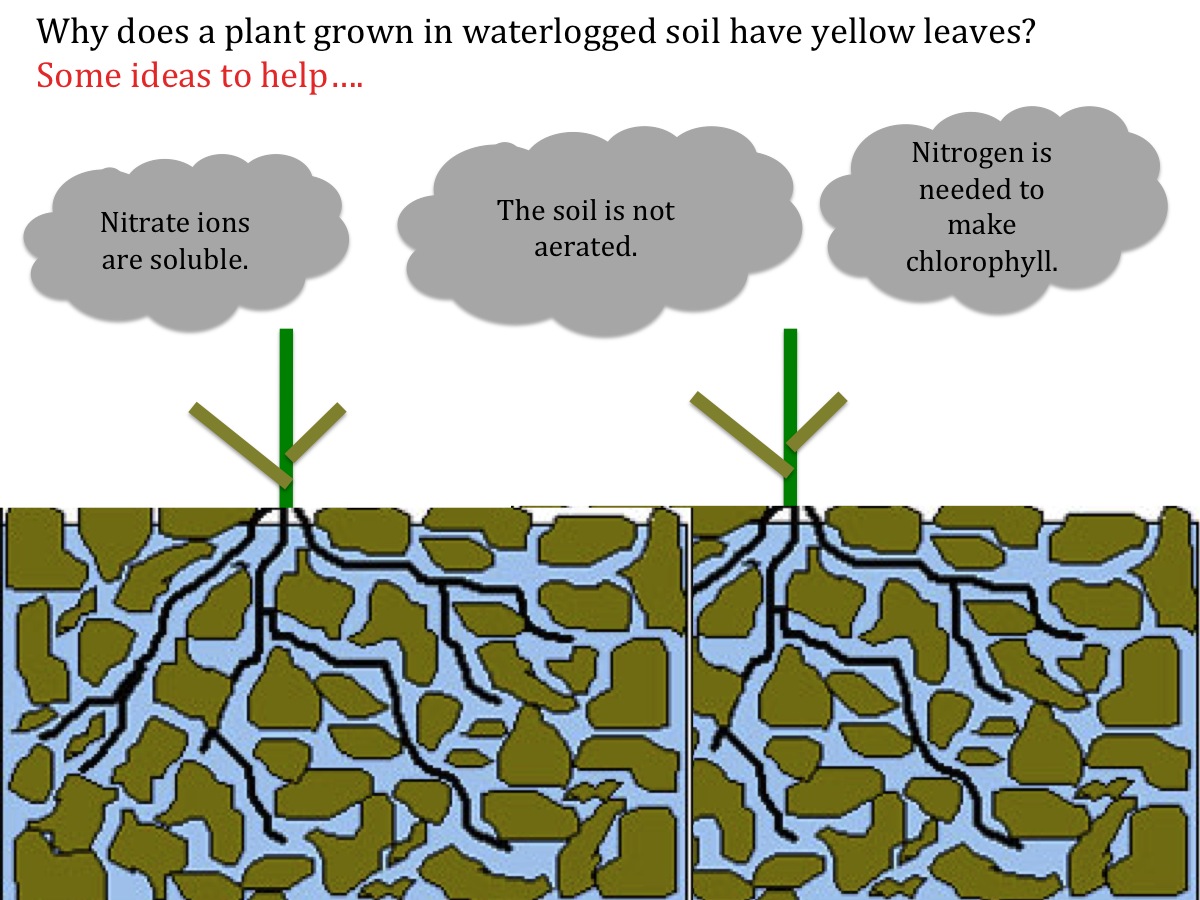Active transport teaching resources
Worksheets and lesson ideas to challenge students aged 11 to 16 to think hard about active transport (GCSE and Key Stage 3)
Overview: active transport is the movement of particles (molecules/ions) across a membrane from a more dilute solution to a more concentrated solution, against a concentration gradient. Unlike diffusion and osmosis, active transport is an active process and requires energy from respiration as well as carrier proteins in the membrane to carry the particles across. Cells that carry out active transport have a large number of mitochondria.
Key concept: sometimes cells need substances that are present in lower concentrations outside the cell. Cells use energy transferred by respiration to transport particles against a concentration gradient, across a membrane, using protein carriers in the membrane.
From big idea: organisms require a supply of energy and materials for which they often depend on, or compete with, other organisms
Prior knowledge: respiration, diffusion, ions, root structure, cell structure
Misconception [scientific idea]: carrier proteins are only involved in active transport [carrier proteins are also used in facilitated diffusion]
Teaching resources
Where to start?
Introduce the problem of a sad, lonely plant that has been left on the window ledge in a pot. The concentration of magnesium ions in the soil is now lower than inside the root hair cells. But the plant still needs magnesium ions. What happens next?
Active transport in waterlogged soil
 GCSE activity on active transport in waterlogged soil. Students think through the problem of why plants grown in waterlogged soil show nitrogen deficiency. They apply their knowledge to figure out that water displaces oxygen from the soil. As such, aerobic respiration cannot take place, which means no ATP (energy) is available for active transport. This problem also links to the concepts of leaching and denitrification. This is a great thinking problem as it links together many important concepts in biology. (PDF)
GCSE activity on active transport in waterlogged soil. Students think through the problem of why plants grown in waterlogged soil show nitrogen deficiency. They apply their knowledge to figure out that water displaces oxygen from the soil. As such, aerobic respiration cannot take place, which means no ATP (energy) is available for active transport. This problem also links to the concepts of leaching and denitrification. This is a great thinking problem as it links together many important concepts in biology. (PDF)
Going deeper
- Compare and contrast active transport with osmosis.
- Why might plants treated with cyanide have yellow leaves?
- Compare and contrast active transport with enzyme action, include the importance of shape in both processes.
